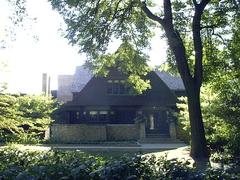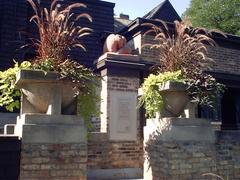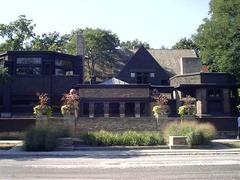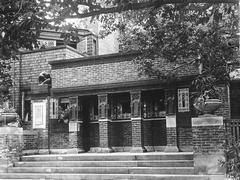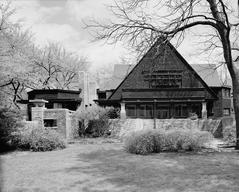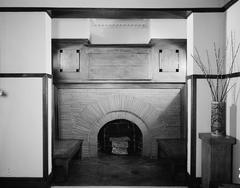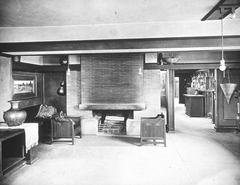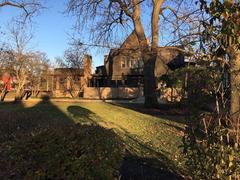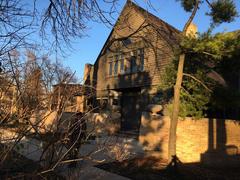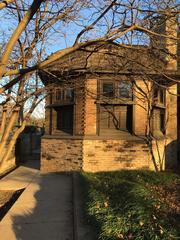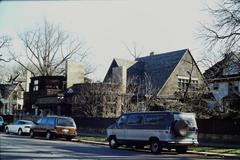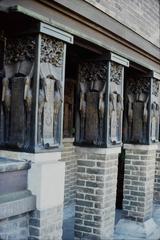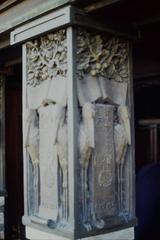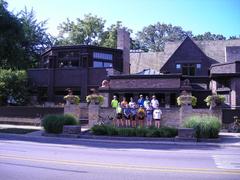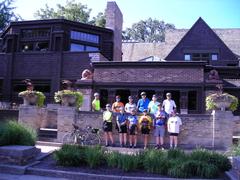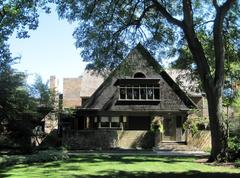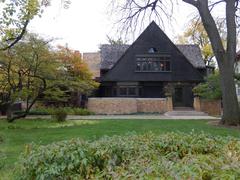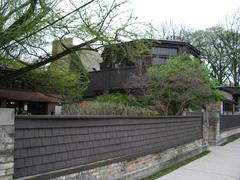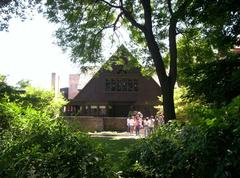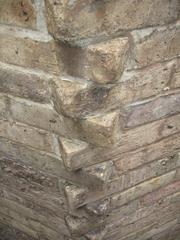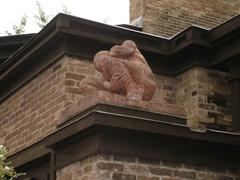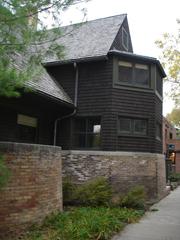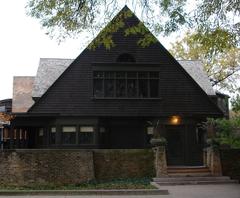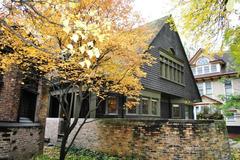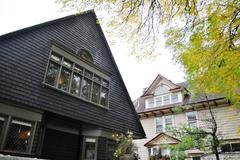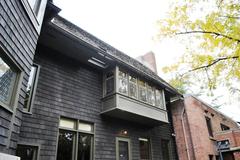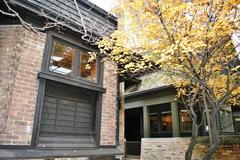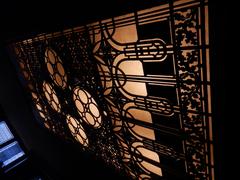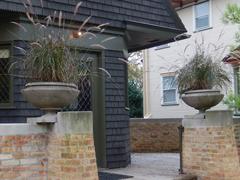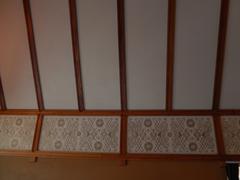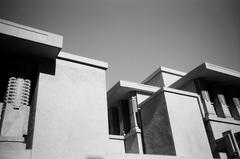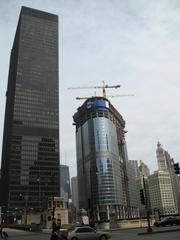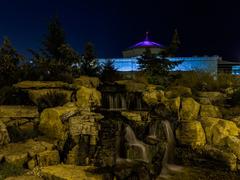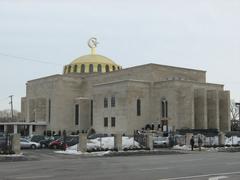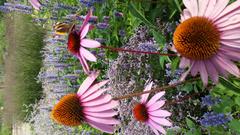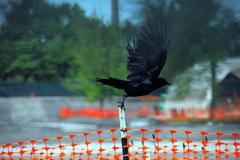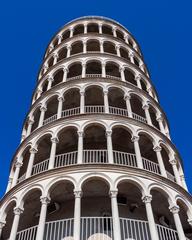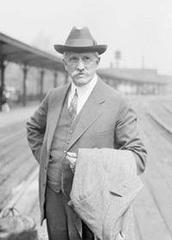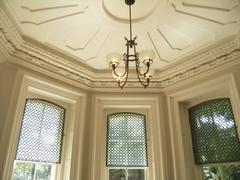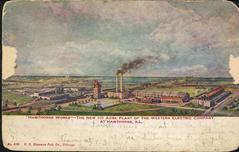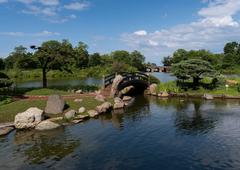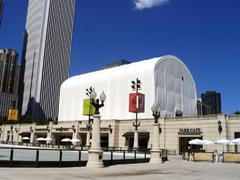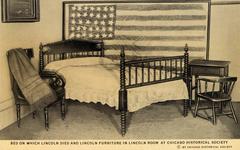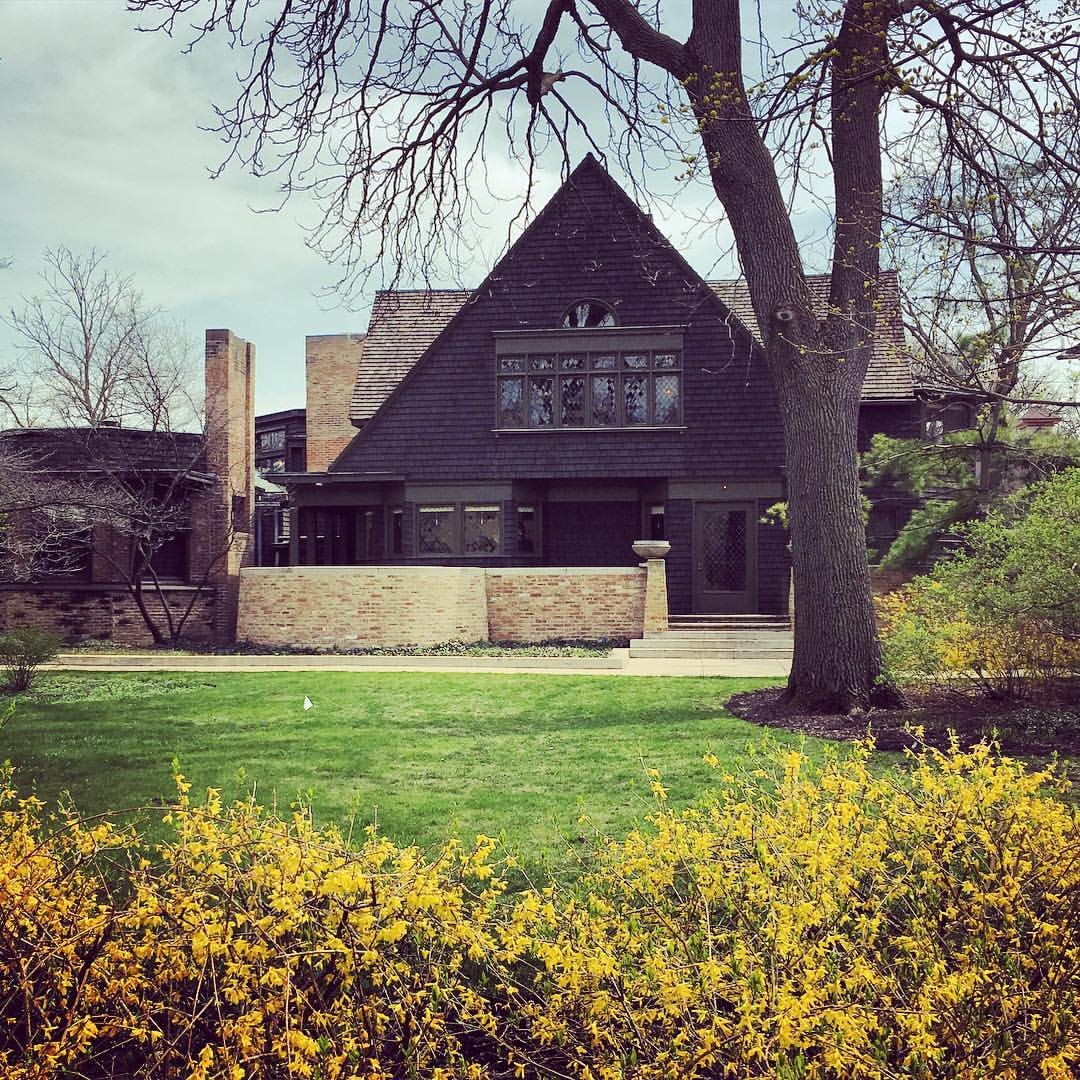
Visiting Frank Lloyd Wright Home and Studio in Chicago: Hours, Tickets, and Tips
Date: 19/07/2024
Introduction
Nestled in the picturesque suburb of Oak Park, Illinois, the Frank Lloyd Wright Home and Studio stands as a testament to the genius of one of America’s most influential architects. Built in 1889 and continuously expanded until 1911, this historical site serves as both a residence and a workshop where Frank Lloyd Wright developed his revolutionary Prairie School architectural style (Frank Lloyd Wright Trust). Visitors to this site can explore the origins of Wright’s groundbreaking ideas, which have profoundly influenced modern architecture. From the innovative use of natural light and open floor plans to the seamless integration with the surrounding landscape, the Home and Studio offer a comprehensive glimpse into Wright’s architectural philosophy (Encyclopedia Britannica). This guide aims to provide visitors with detailed information on the site’s history, significance, and practical tips to ensure a memorable visit.
Table of Contents
- Introduction
- Early Beginnings and Construction
- Architectural Evolution
- Prairie School Movement
- Personal and Professional Life
- Preservation and Restoration
- Historical Significance
- Influence on Modern Architecture
- Visitor Information
- Special Events and Tours
- Educational and Cultural Impact
- FAQ
- Conclusion
Early Beginnings and Construction
The Frank Lloyd Wright Home and Studio, located in Oak Park, Illinois, is a landmark of architectural innovation and historical significance. Frank Lloyd Wright, one of America’s most renowned architects, designed and built this residence in 1889 at the age of 22. The house was initially constructed with a loan of $5,000 from Wright’s employer, Louis Sullivan, a prominent architect known as the “father of skyscrapers” (Frank Lloyd Wright Trust).
Architectural Evolution
The Home and Studio underwent several modifications and expansions over the years, reflecting Wright’s evolving architectural style. The original structure was a modest shingle-style house, but Wright’s continuous experimentation led to significant changes. In 1895, he added a playroom for his six children, showcasing his belief in the importance of family and domestic life. This addition featured a barrel-vaulted ceiling and a mural by artist Orlando Giannini, illustrating Wright’s integration of art and architecture (Frank Lloyd Wright Trust).
In 1898, Wright expanded the property to include a studio, which became the birthplace of his Prairie School architectural style. This studio was a creative hub where Wright and his team designed some of his most famous works, including the Robie House and the Unity Temple. The studio’s design featured an open floor plan, natural light, and organic materials, elements that would become hallmarks of Wright’s work (Encyclopedia Britannica).
Prairie School Movement
The Prairie School movement, pioneered by Wright, emphasized horizontal lines, flat or hipped roofs with broad overhanging eaves, windows grouped in horizontal bands, integration with the landscape, solid construction, craftsmanship, and discipline in the use of ornament. The Home and Studio served as a laboratory for these ideas, influencing the design of residential architecture across the United States (Frank Lloyd Wright Foundation).
Personal and Professional Life
The Home and Studio was not just a workplace but also the center of Wright’s personal life. Wright lived here with his first wife, Catherine Tobin, and their six children until 1909. The house witnessed both triumphs and tribulations, including Wright’s scandalous affair with Mamah Borthwick Cheney, which led to his departure from Oak Park in 1909. This period marked a turning point in Wright’s career, as he left for Europe to work on the Wasmuth Portfolio, a collection of his architectural drawings that would cement his international reputation (PBS).
Preservation and Restoration
After Wright’s departure, the Home and Studio changed hands several times and fell into disrepair. In 1974, the Frank Lloyd Wright Trust was established to preserve and restore the property. The Trust undertook extensive restoration efforts to return the Home and Studio to its 1909 appearance, the last year Wright lived and worked there. This restoration included structural repairs, interior refurbishments, and the recreation of original furnishings and finishes based on historical photographs and Wright’s designs (Frank Lloyd Wright Trust).
Historical Significance
The Frank Lloyd Wright Home and Studio is a National Historic Landmark, designated in 1976, recognizing its importance in American architectural history. It is also listed on the National Register of Historic Places. The property attracts thousands of visitors annually, offering a glimpse into Wright’s early life and the genesis of his architectural philosophy (National Park Service).
Influence on Modern Architecture
Wright’s work at the Home and Studio had a profound impact on modern architecture. His emphasis on organic architecture, which promotes harmony between human habitation and the natural world, continues to influence contemporary architectural practices. The principles developed in Oak Park laid the groundwork for Wright’s later masterpieces, including Fallingwater and the Guggenheim Museum (Architectural Digest).
Visitor Information
Visiting Hours
The Frank Lloyd Wright Home and Studio is open daily from 10:00 AM to 4:00 PM. It is closed on major holidays.
Tickets
Tickets can be purchased online or at the entrance. Prices are $20 for adults, $15 for seniors, and $10 for students and children. Guided tours are available for an additional fee.
Travel Tips
Oak Park is easily accessible by car or public transportation. Parking is available nearby, and the site is a short walk from the Oak Park Green Line station.
Nearby Attractions
While in Oak Park, visitors can also explore the Ernest Hemingway Birthplace Museum and the Oak Park Conservatory.
Accessibility
The Home and Studio is partially wheelchair accessible. Visitors with mobility issues are encouraged to contact the Frank Lloyd Wright Trust for more information.
Special Events and Tours
Guided Tours
Expert guides offer in-depth tours that provide detailed insights into Wright’s life and work. These tours are highly recommended for those wanting a comprehensive understanding of the site.
Photographic Spots
The property offers several picturesque spots perfect for photography, including the home’s iconic facade and the studio’s unique interior.
Special Events
Throughout the year, the Frank Lloyd Wright Trust hosts various events, including lectures, workshops, and seasonal celebrations.
Educational and Cultural Impact
Today, the Frank Lloyd Wright Home and Studio serves as an educational resource, offering tours, workshops, and lectures that explore Wright’s legacy and the broader context of American architecture. The site provides valuable insights into the life and work of one of the most influential architects of the 20th century, making it a must-visit for architecture enthusiasts and historians alike (Frank Lloyd Wright Trust).
FAQ
- What are the visiting hours?
- The Home and Studio are open daily from 10:00 AM to 4:00 PM, except on major holidays.
- How much do tickets cost?
- Tickets are $20 for adults, $15 for seniors, and $10 for students and children. Guided tours are available for an additional fee.
- Is the site wheelchair accessible?
- The Home and Studio is partially wheelchair accessible. Contact the Frank Lloyd Wright Trust for more information.
- Are there nearby attractions?
- Yes, the Ernest Hemingway Birthplace Museum and the Oak Park Conservatory are nearby.
Conclusion
The Frank Lloyd Wright Home and Studio stands as a testament to Wright’s genius and his contributions to modern architecture. Its preservation allows future generations to appreciate the origins of Wright’s revolutionary ideas and their lasting impact on the built environment. Plan your visit today to explore this iconic site and delve into the world of Frank Lloyd Wright.
Call to Action
For more information on visiting the Frank Lloyd Wright Home and Studio, including ticket purchases and guided tours, visit the Frank Lloyd Wright Trust website. Don’t forget to check out our mobile app Audiala for more updates and related content on other historical sites. Follow us on social media to stay updated on upcoming events and special tours.
References
- Frank Lloyd Wright Trust. (n.d.). Visiting the Frank Lloyd Wright Home and Studio - History, Tickets, and Tours in Oak Park. https://flwright.org/visit/homeandstudio
- Encyclopedia Britannica. (n.d.). Frank Lloyd Wright. https://www.britannica.com/biography/Frank-Lloyd-Wright
- National Park Service. (n.d.). Frank Lloyd Wright Home and Studio. https://www.nps.gov/places/frank-lloyd-wright-home-and-studio.htm
- Architectural Digest. (n.d.). Frank Lloyd Wright Home and Studio. https://www.architecturaldigest.com/story/frank-lloyd-wright-home-and-studio
- PBS. (n.d.). Frank Lloyd Wright. https://www.pbs.org/show/frank-lloyd-wright/
- Frank Lloyd Wright Foundation. (n.d.). https://franklloydwright.org/


